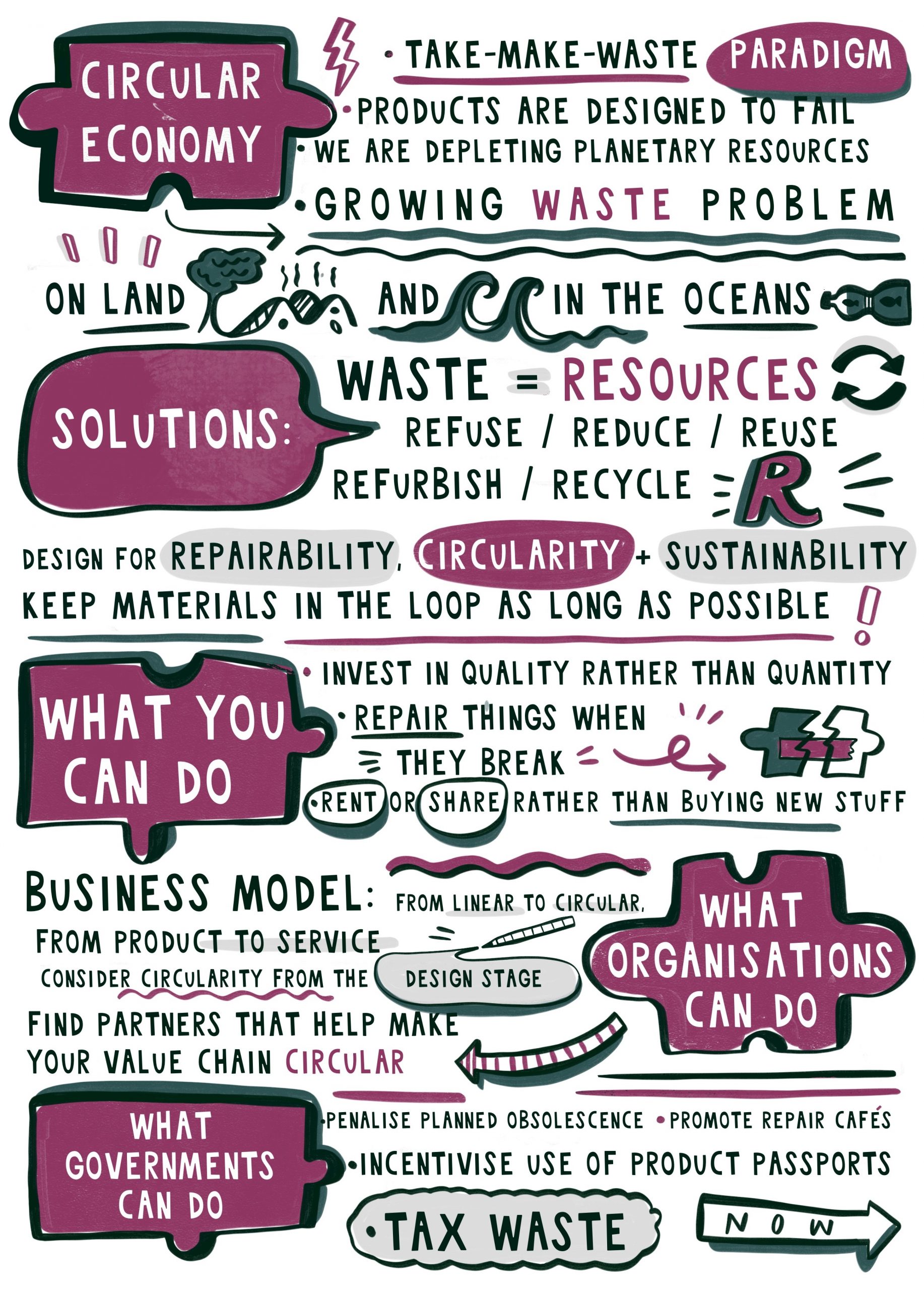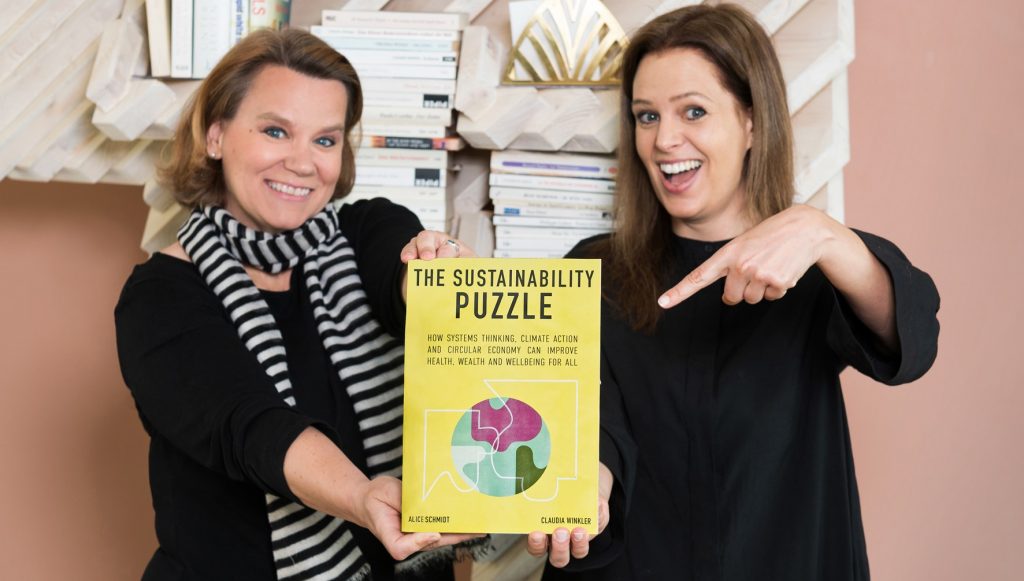Alice Schmidt is the chairwoman of our Endeva e.V. and associated expert as well as former director of the Endeva UG. Alice is a bigger-picture thinker, an advisor, advocate and author on global sustainability & social transformation. We spoke to her about her latest project “The Sustainability Puzzle”, how it came to life, and what we can learn from it:
Dear Alice, what motivated you to write a book about sustainability?
‘The Sustainability Puzzle’ is a broad take on the links between social, environmental and economic issues and solutions, inviting readers to zoom out and look at the bigger picture before zooming in again, all with a touch of optimism which is often missing from today’s sustainability debates. This opportunity to engage across systemic boundaries is exactly what gets me out of bed in the morning.
So sustainability was an obvious topic given that this is what I’ve focused on throughout my career, and I’ve always loved writing. This may sound cheesy but: writing a book that helps “save the world” was in fact an expressed goal of mine already as a child.
The book did however not materialise in its current form until I met my co-author Claudia Winkler, a business executive turned impact entrepreneur. Our complementary experiences and interests have made for a very fruitful collaboration. Had I been on my own, the book might never have seen the light of day, given that I’m quite a perfectionist!
One colleague, a sustainability manager at a large company, asked me: can we learn anything new in this book? We are passing the question on to you!
Most sustainability managers I meet have sound knowledge on some sustainability topics and solutions we discuss in the book, be it climate change, the circular economy, consumer engagement, ethical technology or indeed inclusive business. However, they are likely not experts across the entire sustainability spectrum, and many have a sectoral or industry focus.
Many people I engage with in the sustainability and sustainable development space still work in silos, and sometimes this means that even well-meaning sustainability initiatives create more problems than they solve. Moreover, where companies just want to hop on the sustainability bandwagon without doing their research first, the risk of greenwashing is high.
Since we’re covering broad ground, from environmental and social issues to technology, even experienced sustainability managers can learn something new. We’ve also included 350 endnotes for readers who want to dig deeper – and this richness in data is balanced with a number of stories and personal anecdotes, which by definition would be new to anyone who does not know us yet!
Who is the book for? Why MUST one buy it?
Most sustainability books focus on a specific topic or industry, ours adds the bigger picture view. If we are to get closer to achieving global sustainability goals, and to create systemic change, we must move out of our respective bubbles. That’s why Claudia and I agreed from the start to write a broad piece that focuses on educated but non-expert audiences. This is also why we developed the sketch notes summarizing each chapter (working with Berlin-based graphic designer Franziska Viviane Zobel).
Some readers have called the book a “must-read”, arguing that it distils complex issues into an accessible and even enjoyable piece. For example, one reader wrote “I bet you never had [sustainability] explained in thus an affordable and pleasant manner”, adding that readers will “be regularly astonished by the facts presented […] and will want to dive deeper into the subject. Another one praised it for “brilliant insights, great case studies, real world examples and an integrated thought process pulling so many excellent elements together.”
We have collaborated on business solutions to fight poverty for a long time. What role does “inclusive business” play in your book?
My work with Endeva has definitely sharpened my understanding of inclusive business and the win-wins that can be created where people at the base of the pyramid are deliberately included in the value chains of larger players. Yet in my work with business students and companies alike I often find that too few understand the concept, let alone pro-actively implement it. That’s why I wrote about inclusive business in the ‘Playing Fair’ chapter of the book, drawing also on our joint Endeva research on business model innovation with the World Bank. It’s no coincidence that in the acknowledgements section I thanked Endeva and its people for inspiration
Now that the book is out, what are you up to next?
Publishing the book is of course not the end of the journey but feels rather like the beginning. Right now we are busy promoting the book by giving talks, doing podcasts, writing articles and so on, and we are keen to work with publishers on translating ‘The Sustainability Puzzle’ into other languages as well.
The book has been quite helpful in communicating what we stand for and it’s made people come to us because of that. I’m open to exploring further what this may mean in practice, but another book, some think-tank type work and more advisory projects on addressing the bigger picture by linking people, planet and profits are hopefully on the horizon.
So the journey continues. For more info on the book see http://www.sustainability-puzzle.org
Thank you Alice for taking the time and sharing your insights with us!



